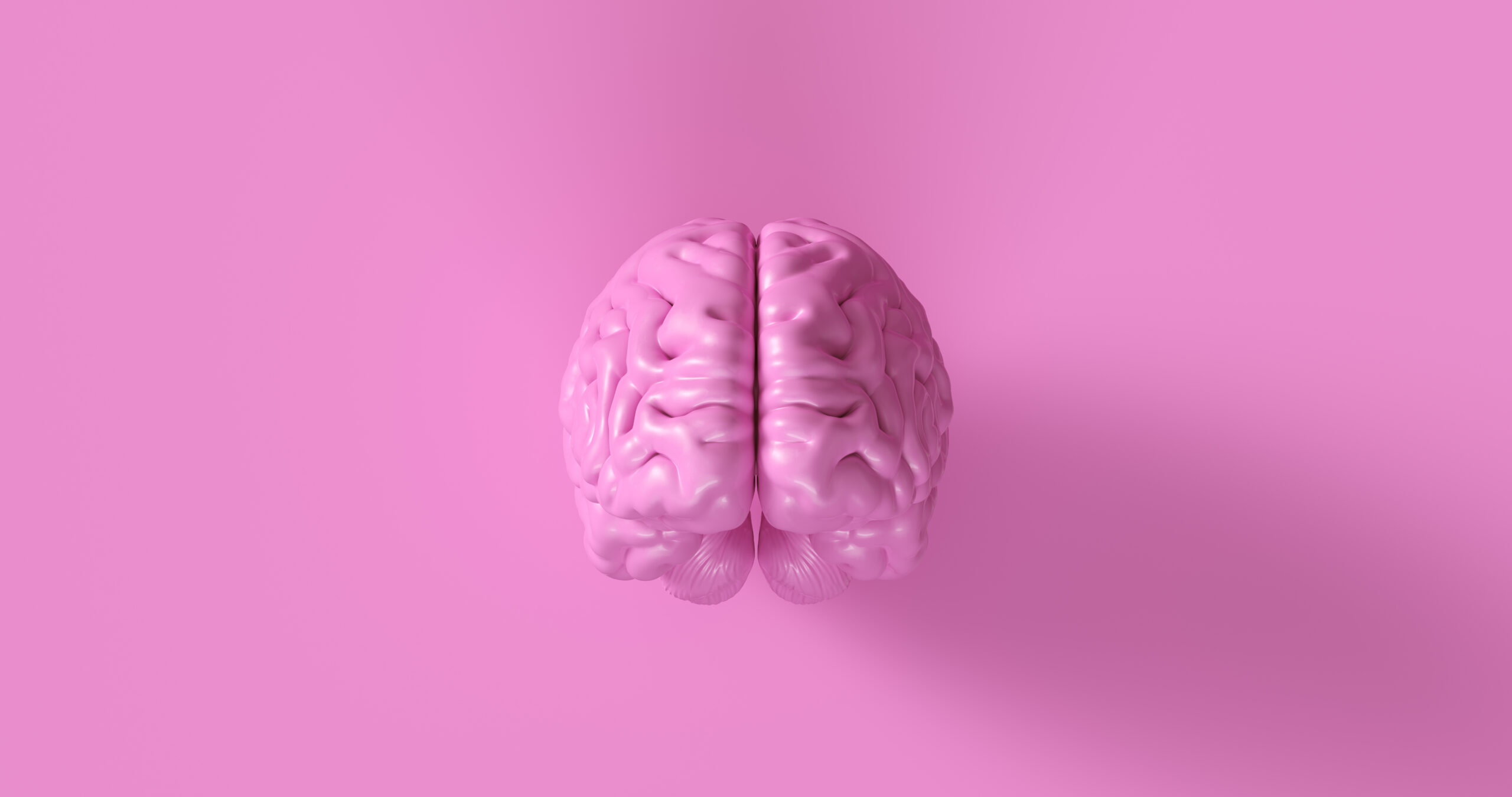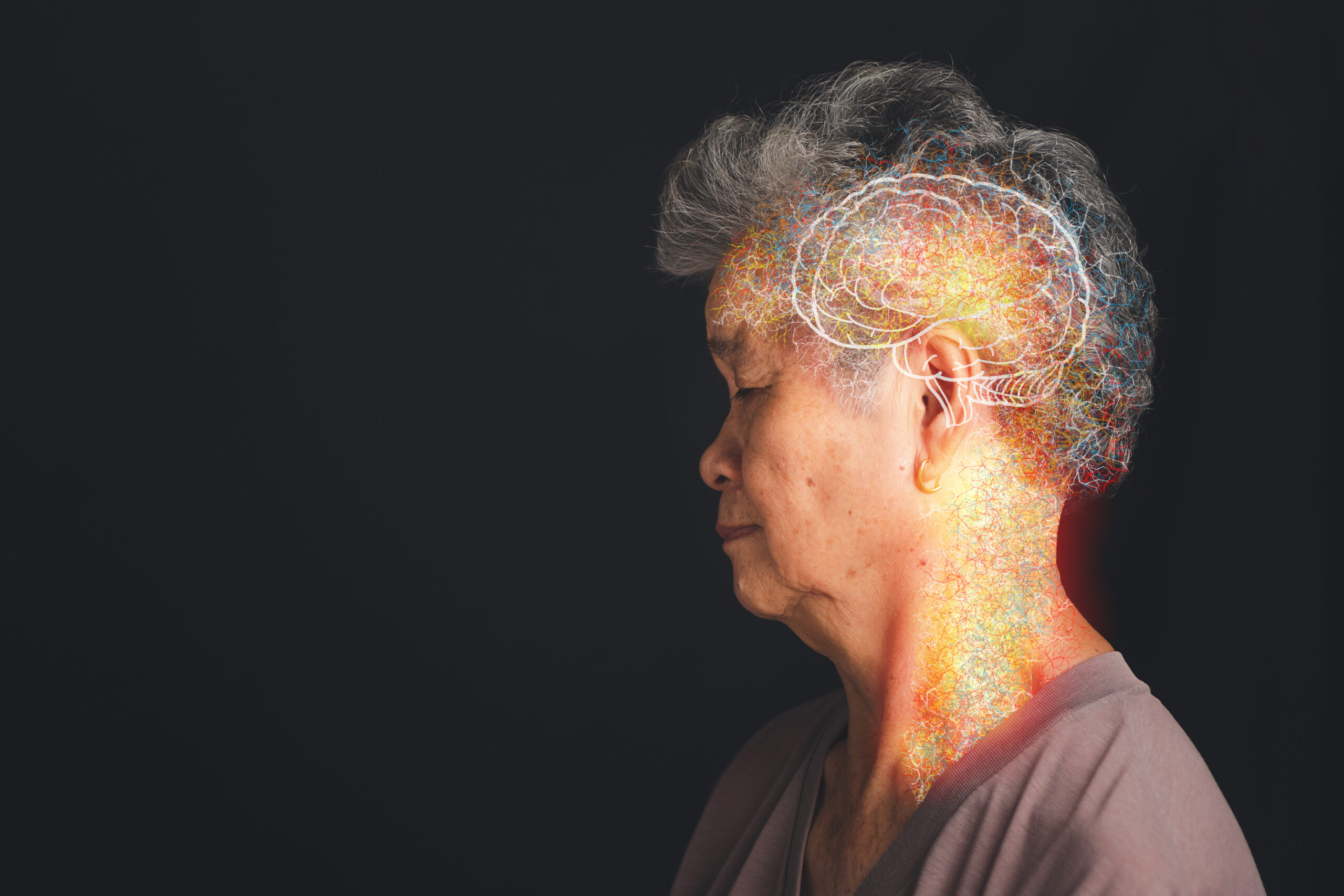Tell me about causes of haemorrhage
Haemorrhage, also known as bleeding, is a condition where blood is leaking from the body’s blood vessels. It can occur internally or externally and can range from minor to life-threatening. In this article, we will discuss the different causes of haemorrhage and how they can be managed.
1. Trauma: Trauma is the most common cause of haemorrhage. It can be caused by accidents, falls, or any direct impact on the body. When a person experiences trauma, the blood vessels may rupture, causing internal bleeding. This type of haemorrhage can be severe and require immediate medical attention.
2. Surgical complications: Surgery involves cutting through tissues and blood vessels, which can result in bleeding. Although surgeons take precautions to prevent excessive bleeding during surgery, sometimes it can still occur. This type of haemorrhage is known as surgical haemorrhage.
3. Blood vessel disorders: Certain disorders like haemophilia, where the blood doesn’t clot properly, can lead to bleeding. Other conditions like Von Willebrand disease, liver disease, and low platelet count can also cause haemorrhage.
4. Medications: Some medications, especially blood thinners like aspirin, warfarin, and heparin, can increase the risk of haemorrhage. These medications interfere with the body’s ability to form clots, making it difficult for the body to stop bleeding.
5. Gastrointestinal disorders: Gastrointestinal disorders like ulcers, diverticulitis, and inflammatory bowel disease can cause bleeding in the digestive tract. This type of haemorrhage may not be visible externally but can cause symptoms like dark stools or blood in vomit.
6. Pregnancy and childbirth: During pregnancy and childbirth, there is an increased demand for blood supply in the body. This can sometimes lead to bleeding during delivery or postpartum haemorrhage. In some cases, pregnancy-related complications like placenta previa or ectopic pregnancy can also cause haemorrhage.
7. Cancer: Certain types of cancer like leukaemia, lymphoma, and colorectal cancer can cause bleeding due to damage to the blood vessels. Cancer treatments, such as chemotherapy and radiation therapy, can also increase the risk of haemorrhage.
8. Infections: Infections in the body, such as tuberculosis or sepsis, can affect the blood vessels and cause bleeding. These infections weaken the walls of the blood vessels, making them more prone to rupture.
9. Liver disease: The liver plays a crucial role in clotting factors production. In liver disease, the liver’s function is impaired, leading to a decrease in clotting factors and an increased risk of bleeding.
10. Genetic disorders: Some people are born with genetic disorders that affect blood clotting, such as von Willebrand disease and haemophilia. These disorders can result in haemorrhage episodes throughout their life.
Managing haemorrhage depends on its severity and underlying cause. For minor bleeding, applying pressure to the affected area can help stop the bleeding. In more severe cases, medical attention is necessary to stop the bleeding and prevent further complications. Treatment may involve blood transfusions, surgery, or medication to promote clotting.
In conclusion, haemorrhage has many causes, ranging from trauma to underlying medical conditions. It is essential to seek medical attention if you experience any bleeding that is difficult to control or if you have a history of bleeding disorders. Prompt treatment can save lives and prevent further complications. Remember, prevention is always better than cure. So take care of your health and seek medical advice if you experience any symptoms of haemorrhage.





